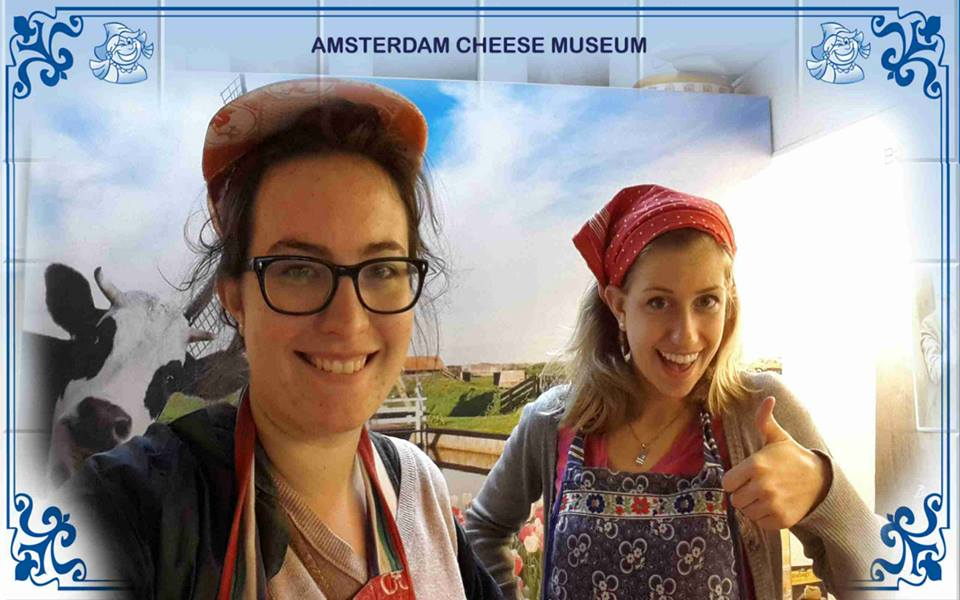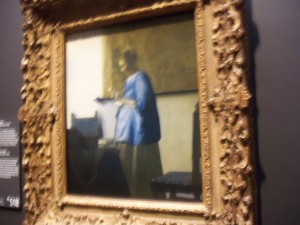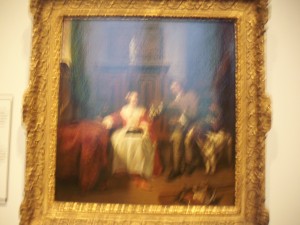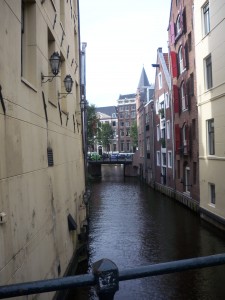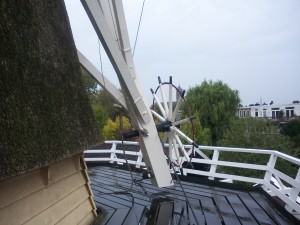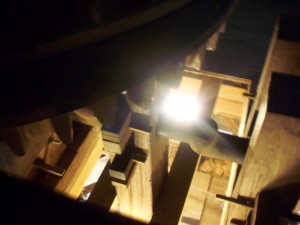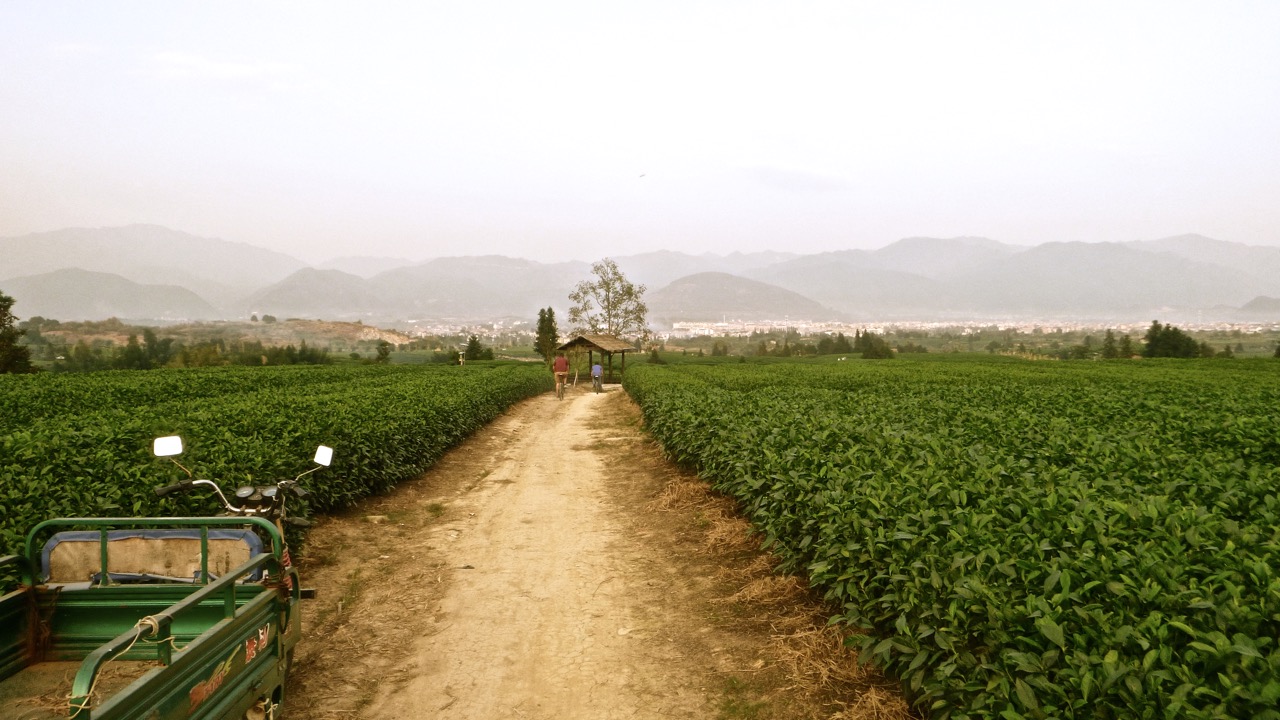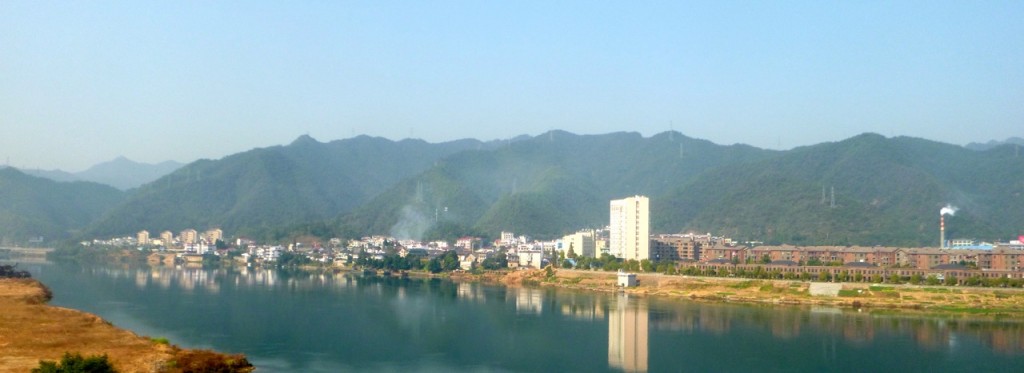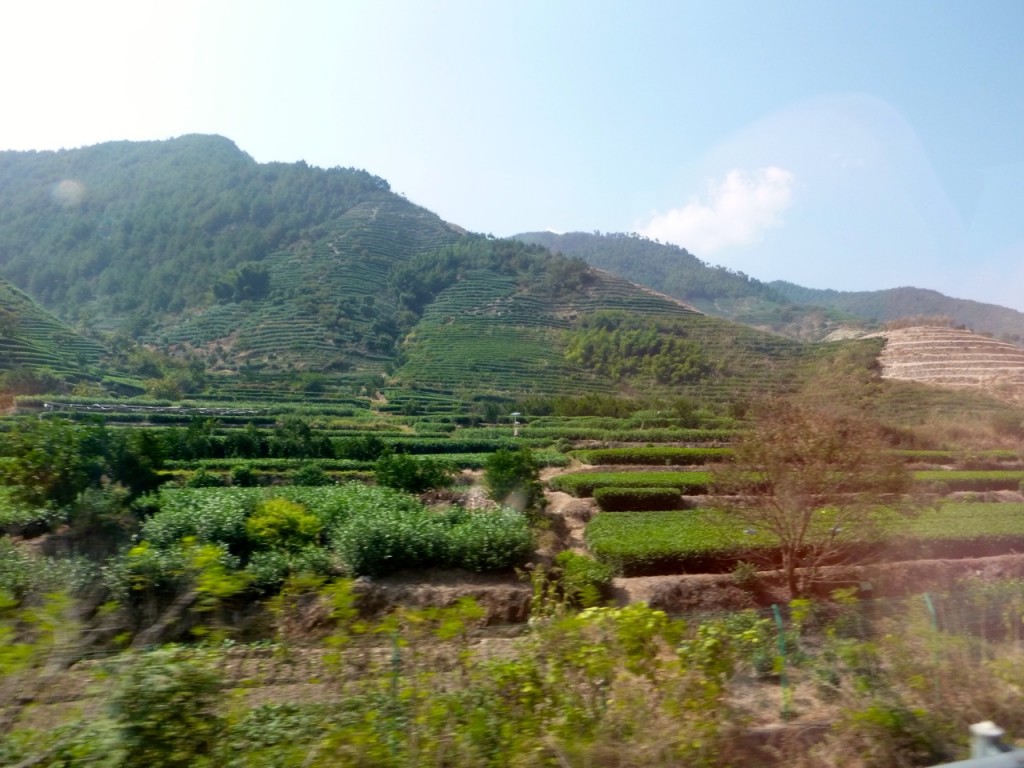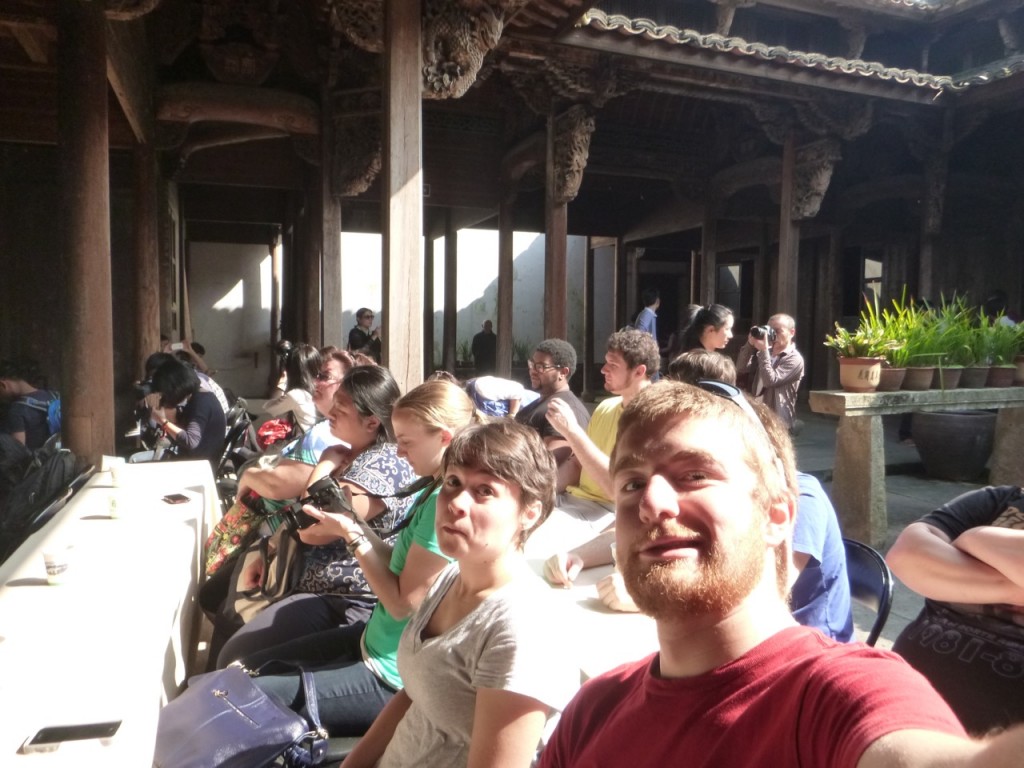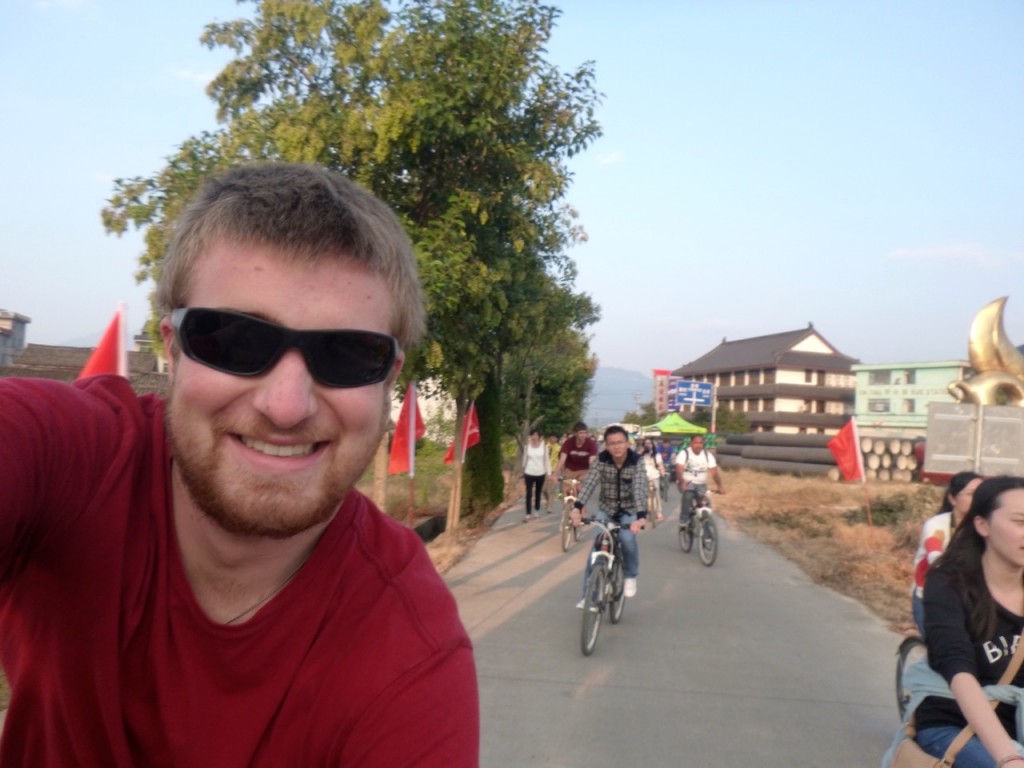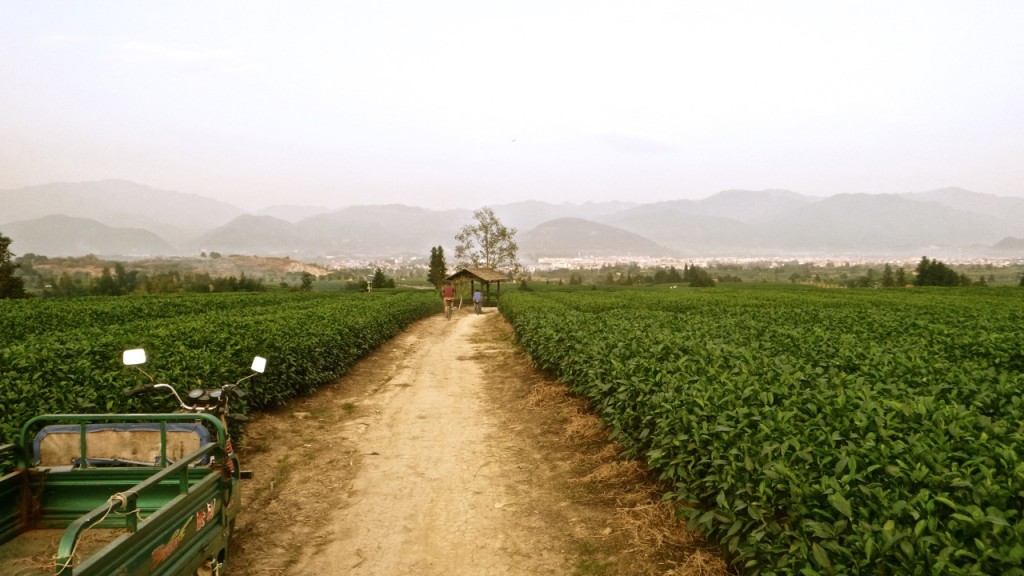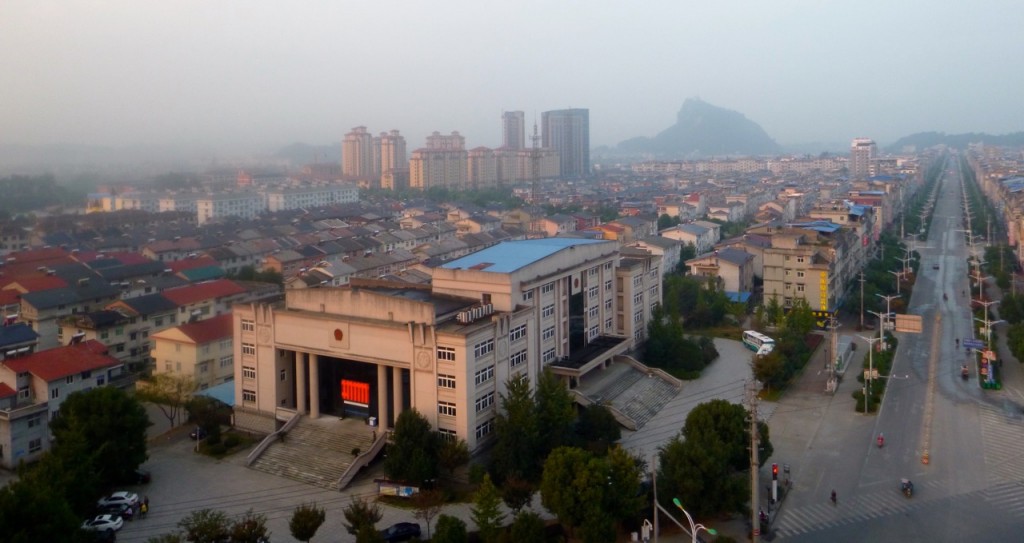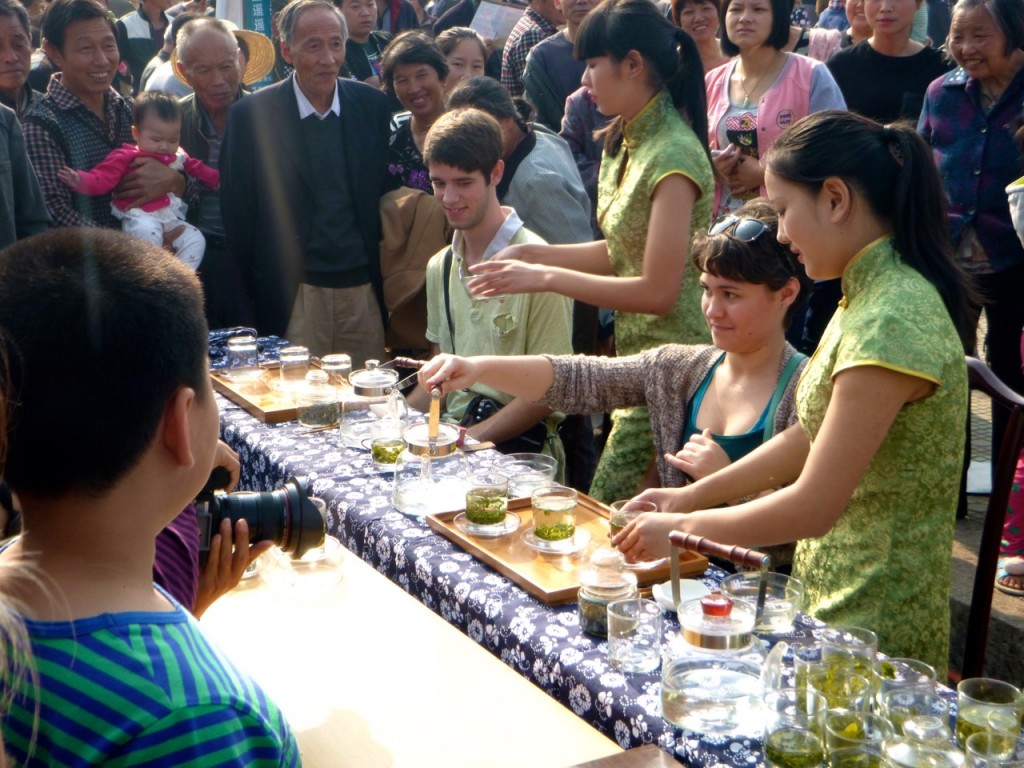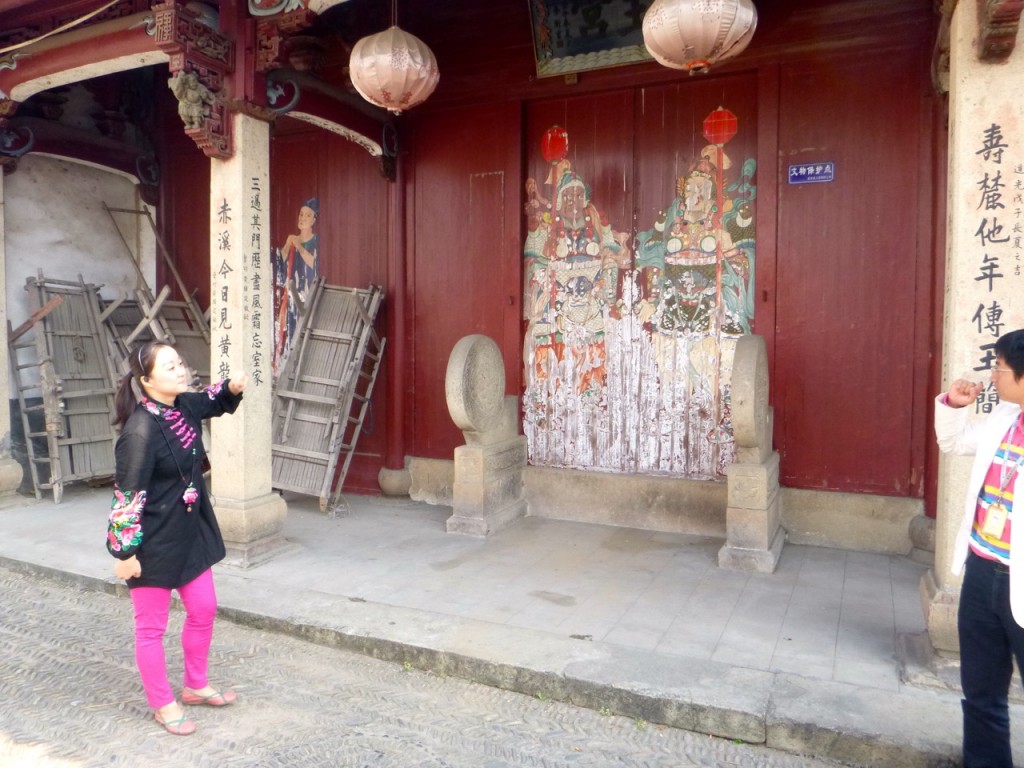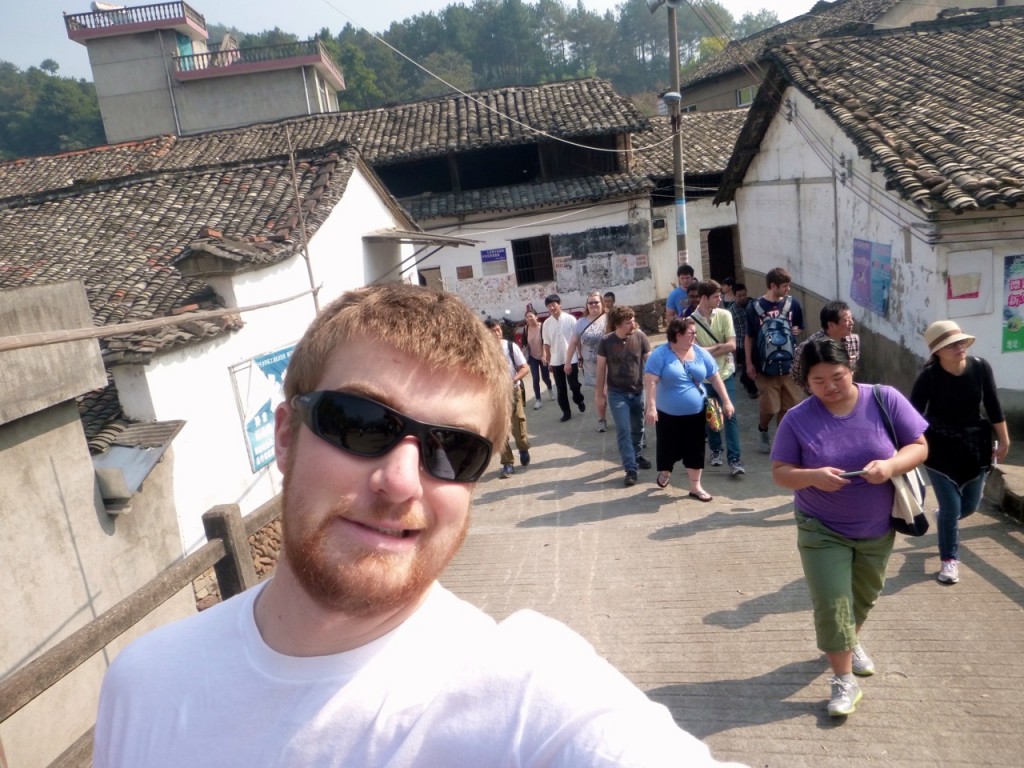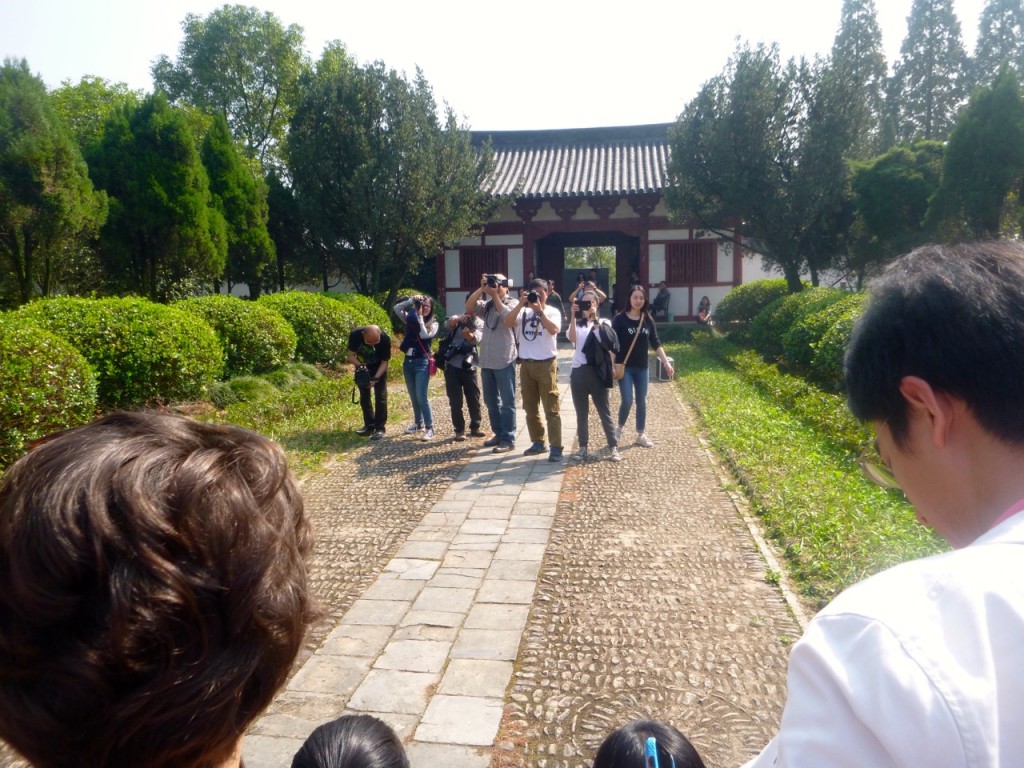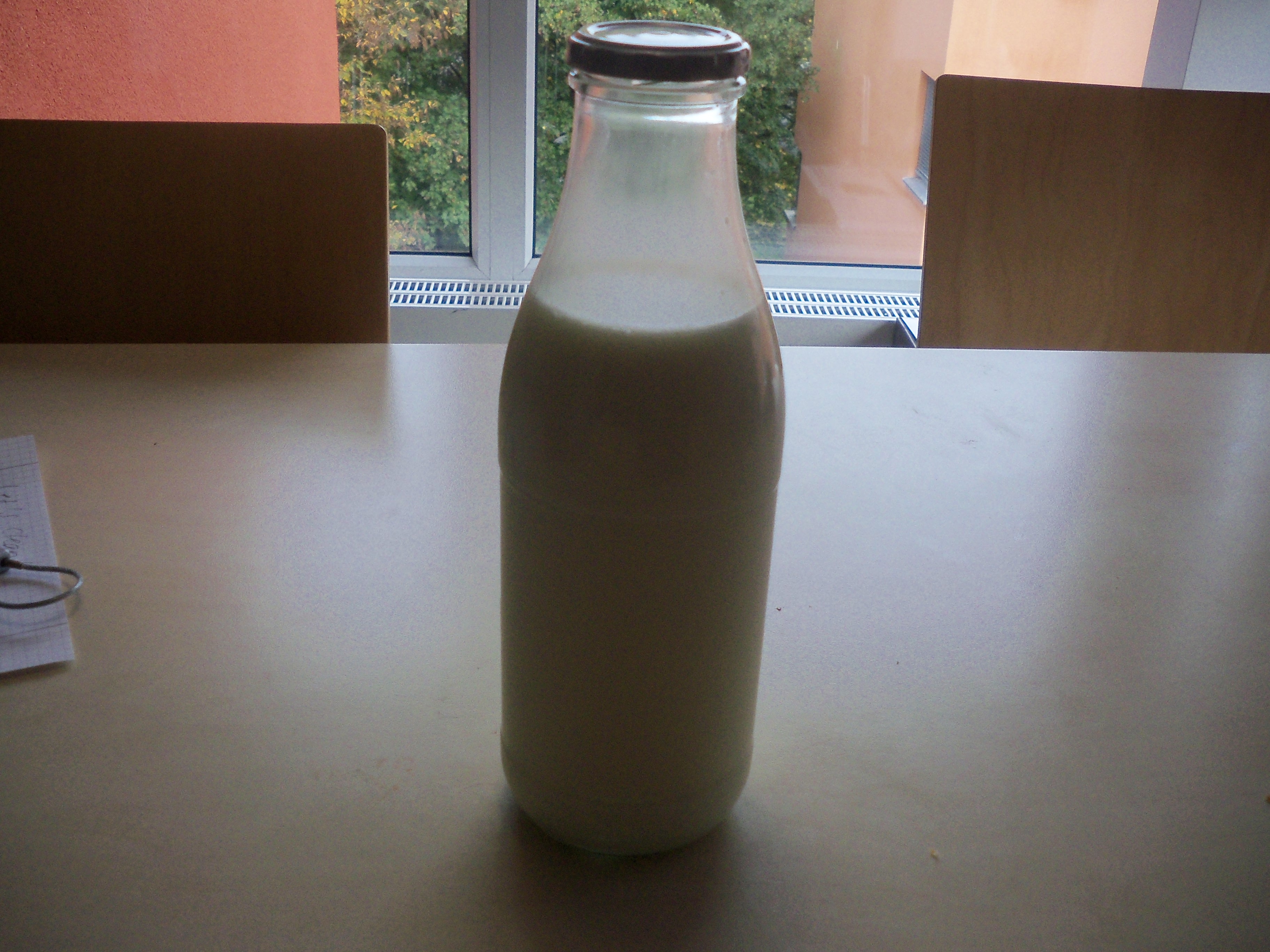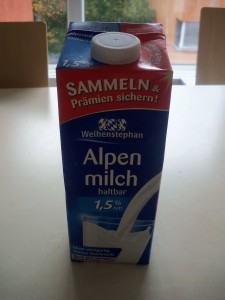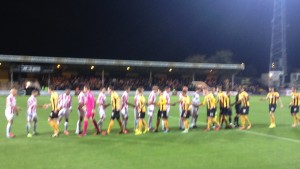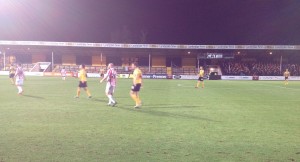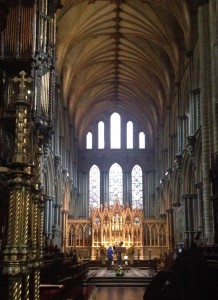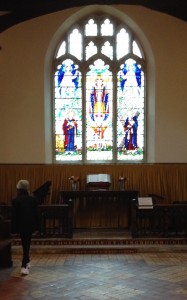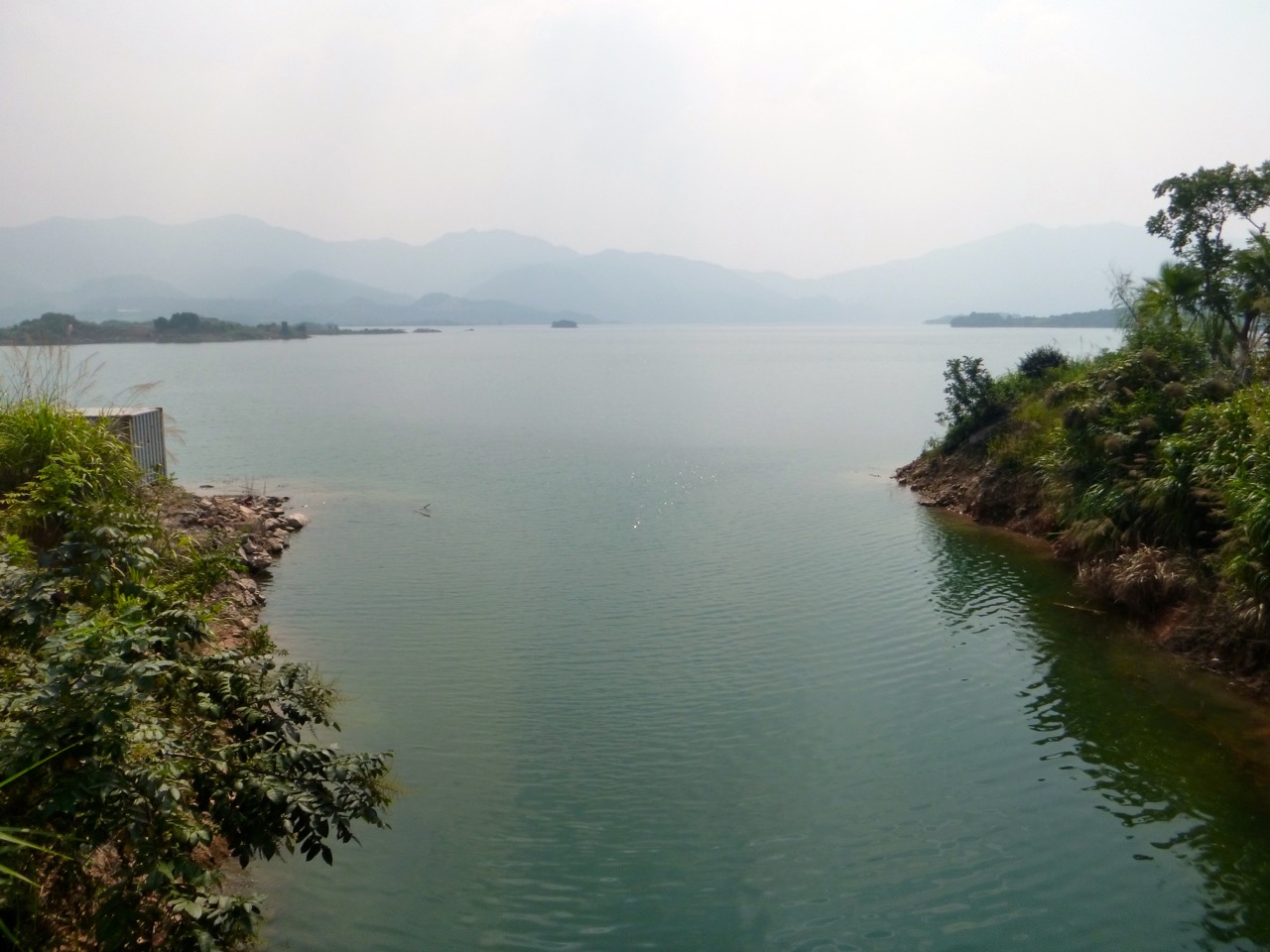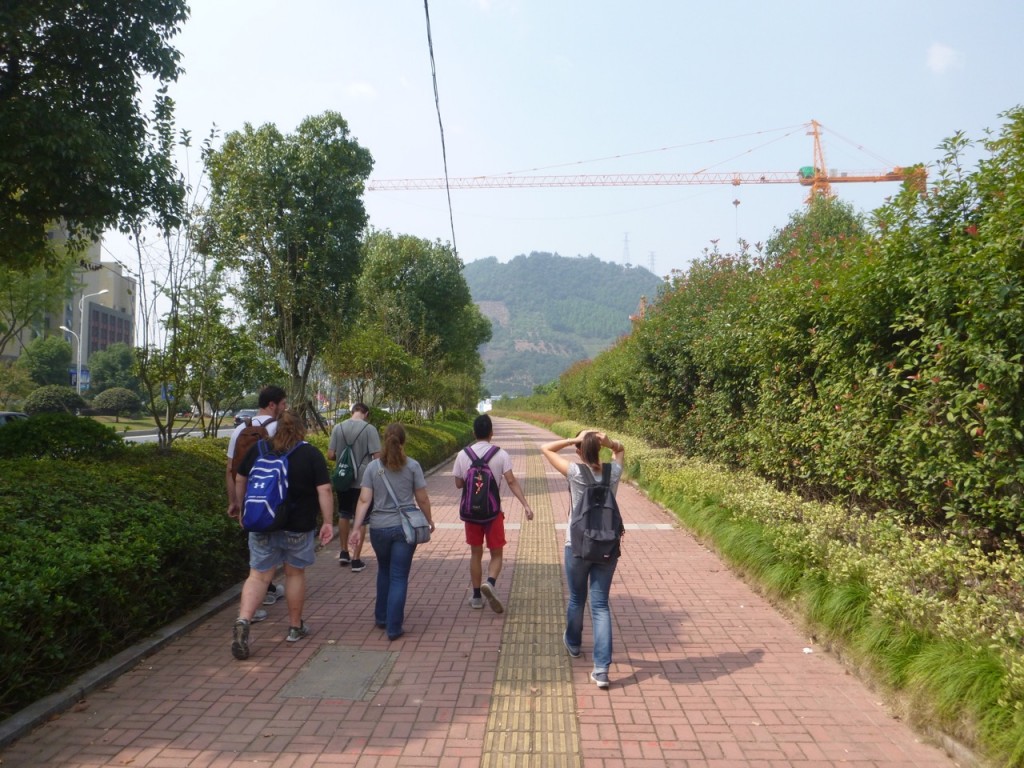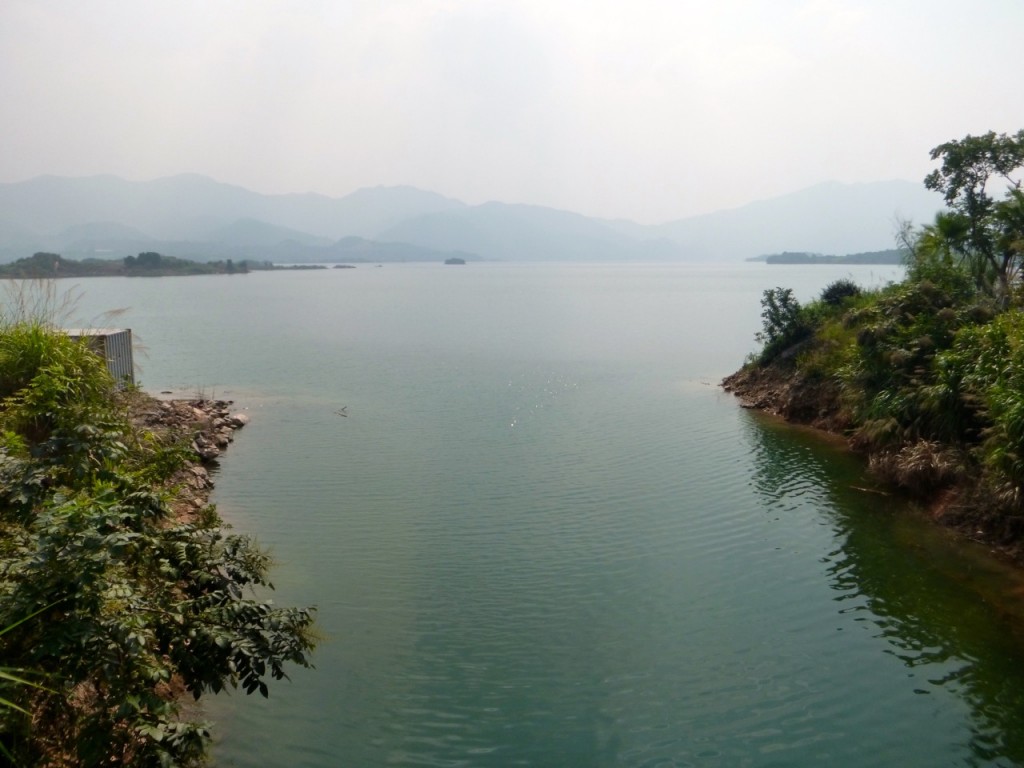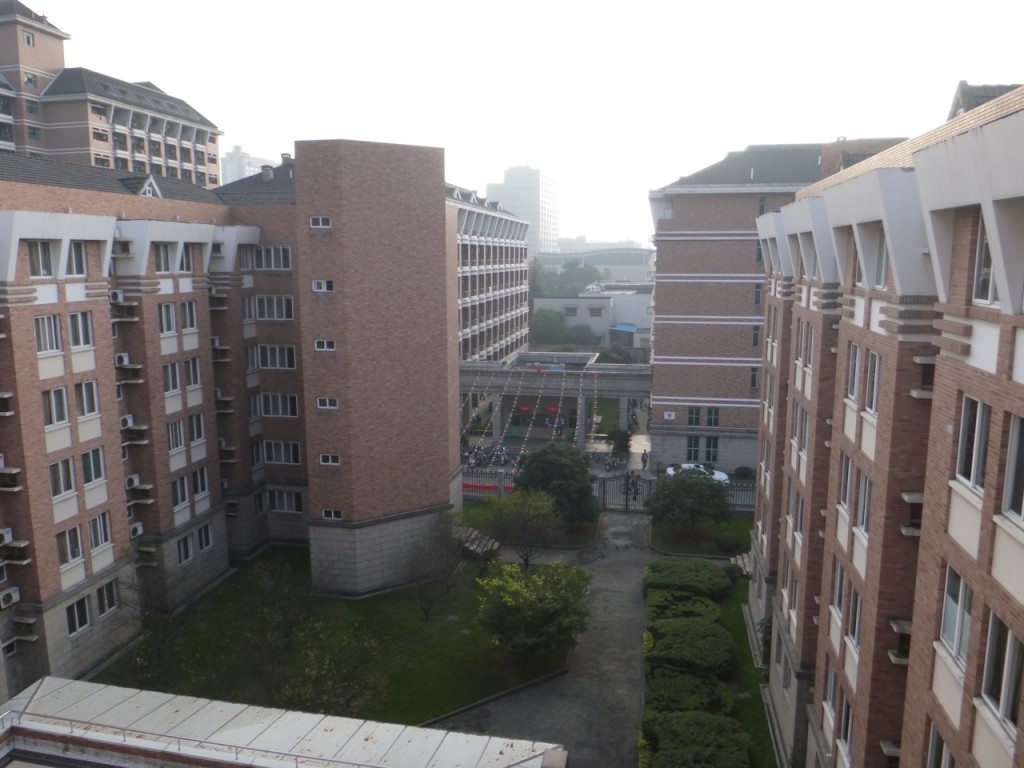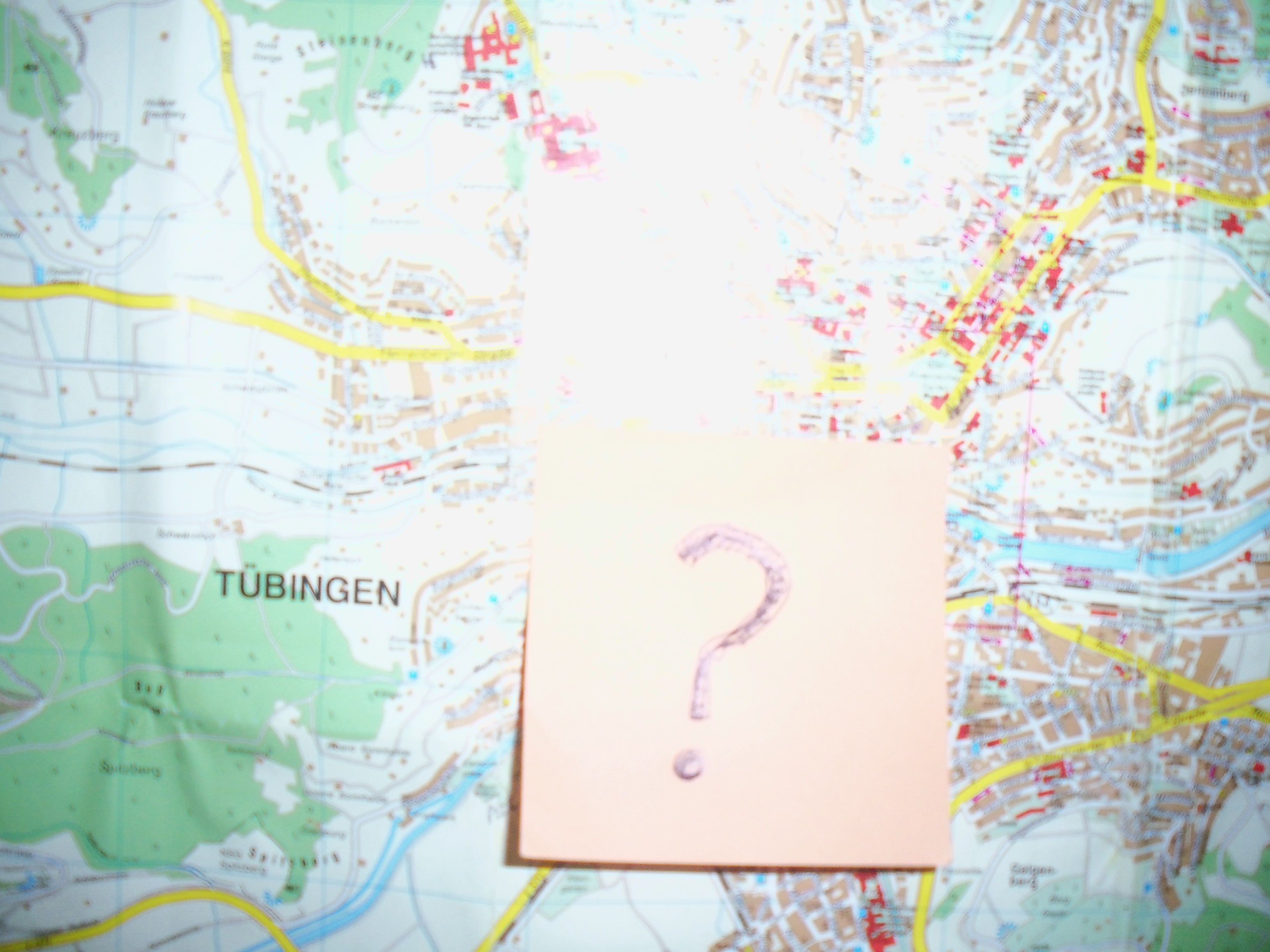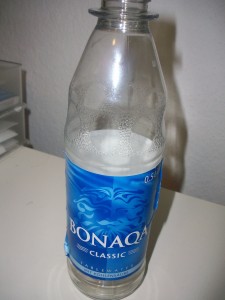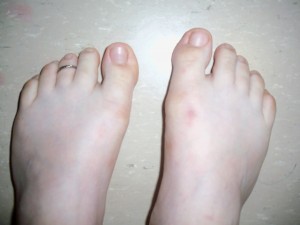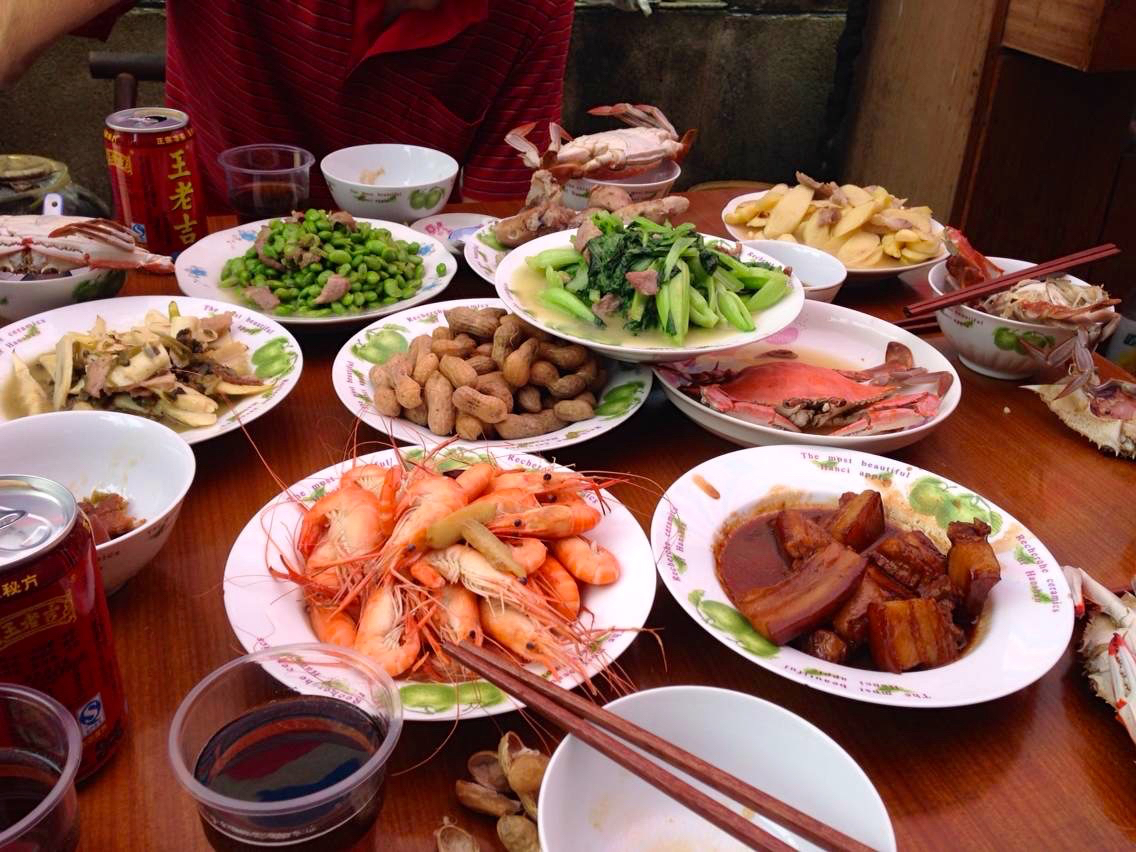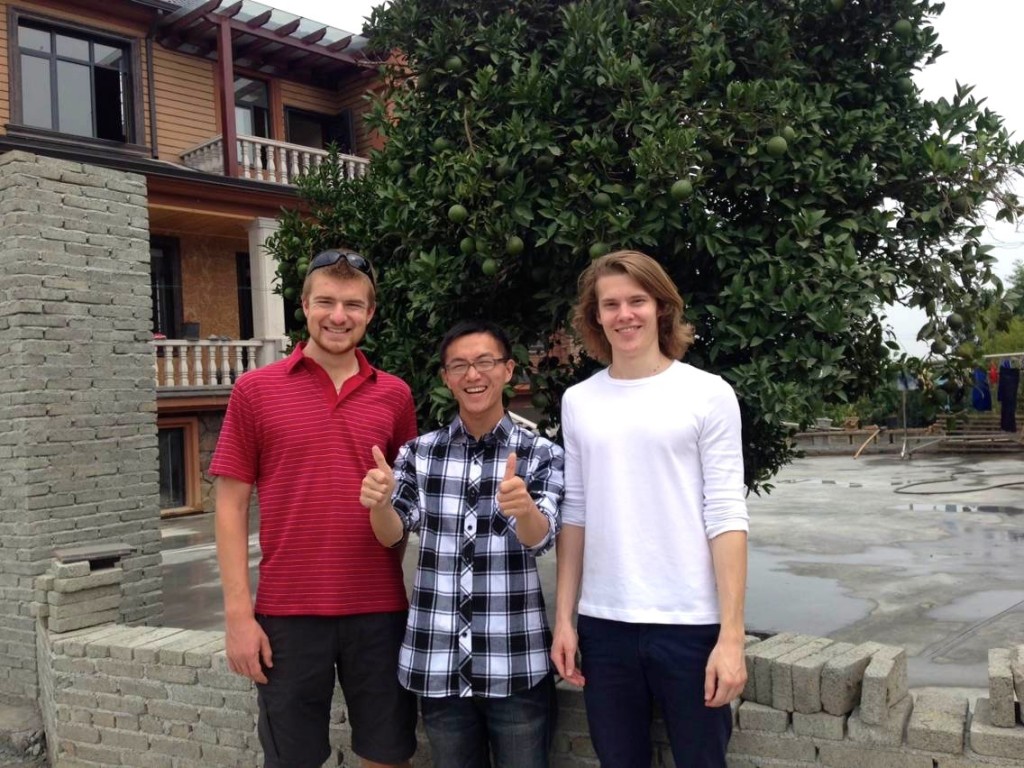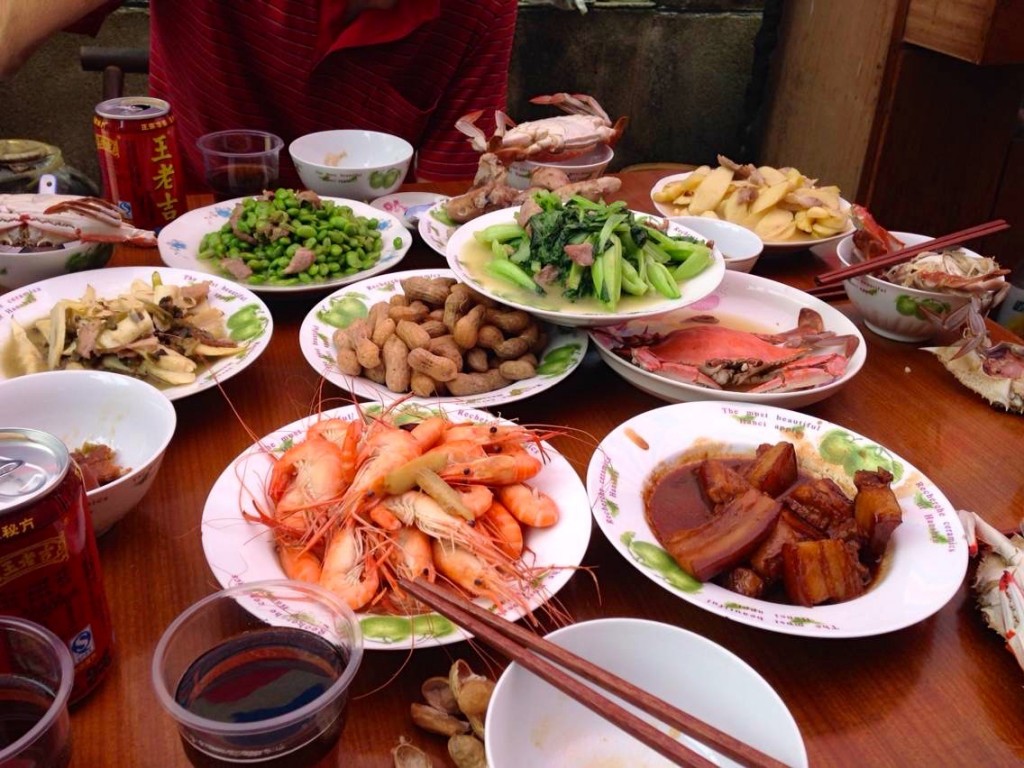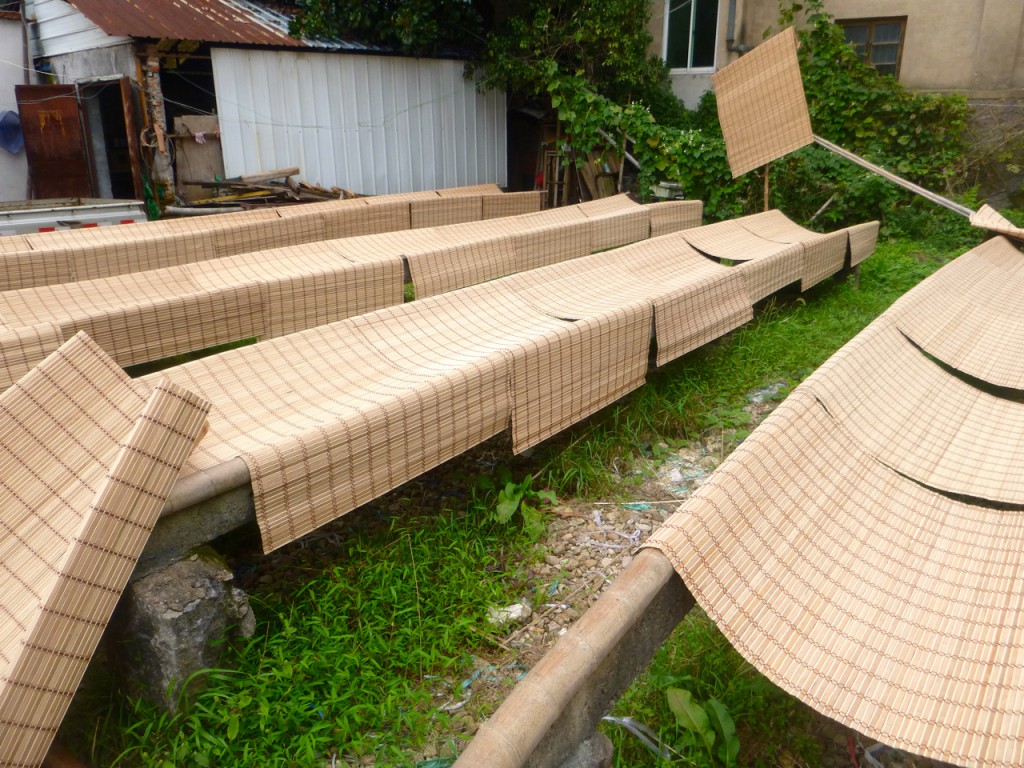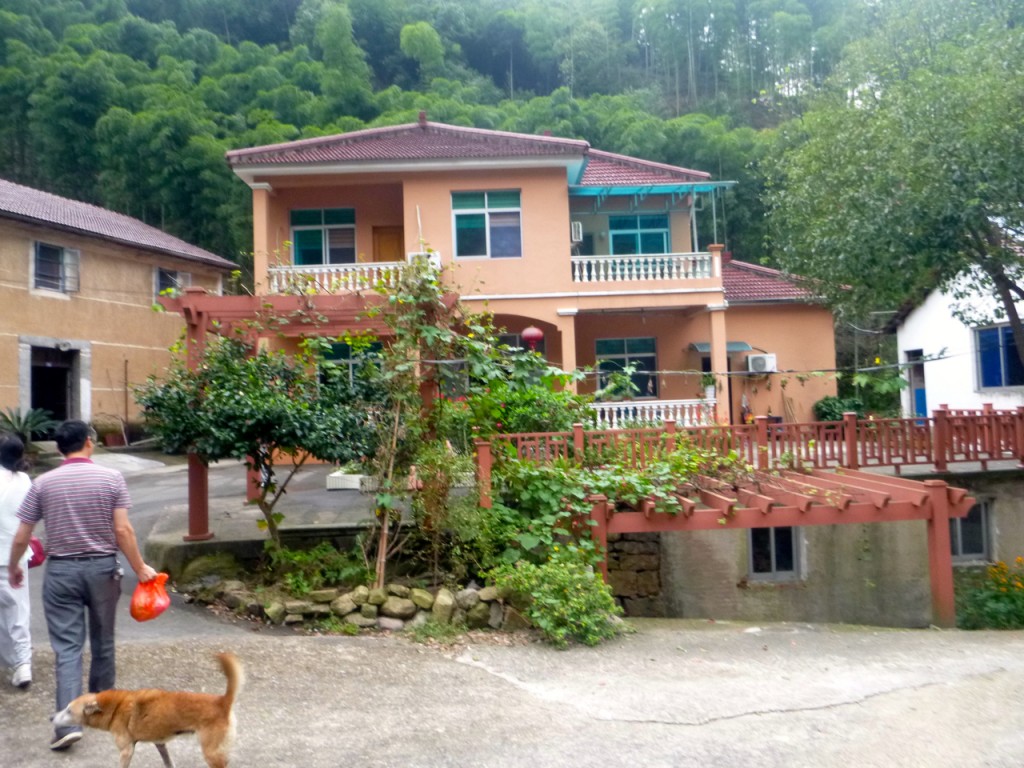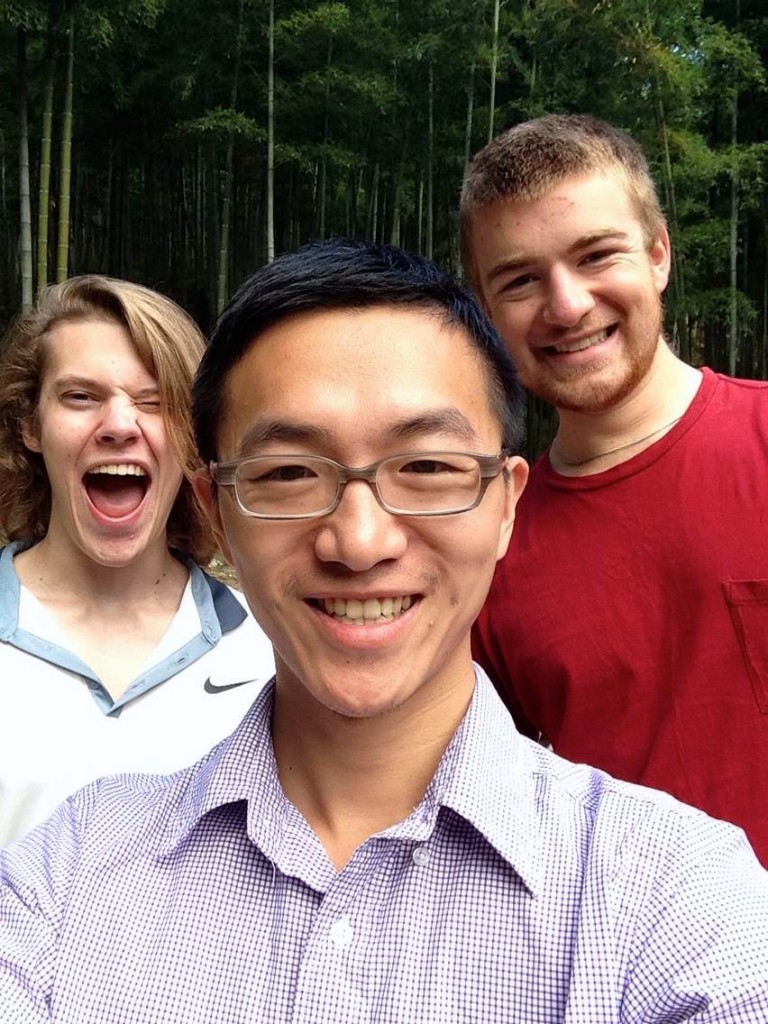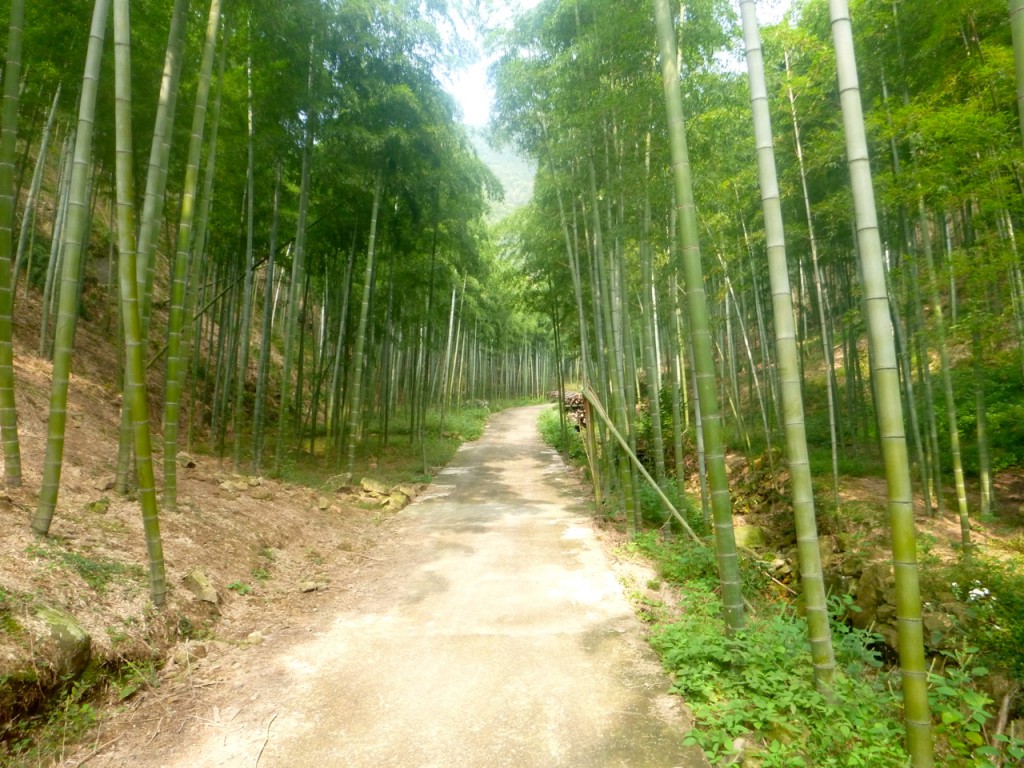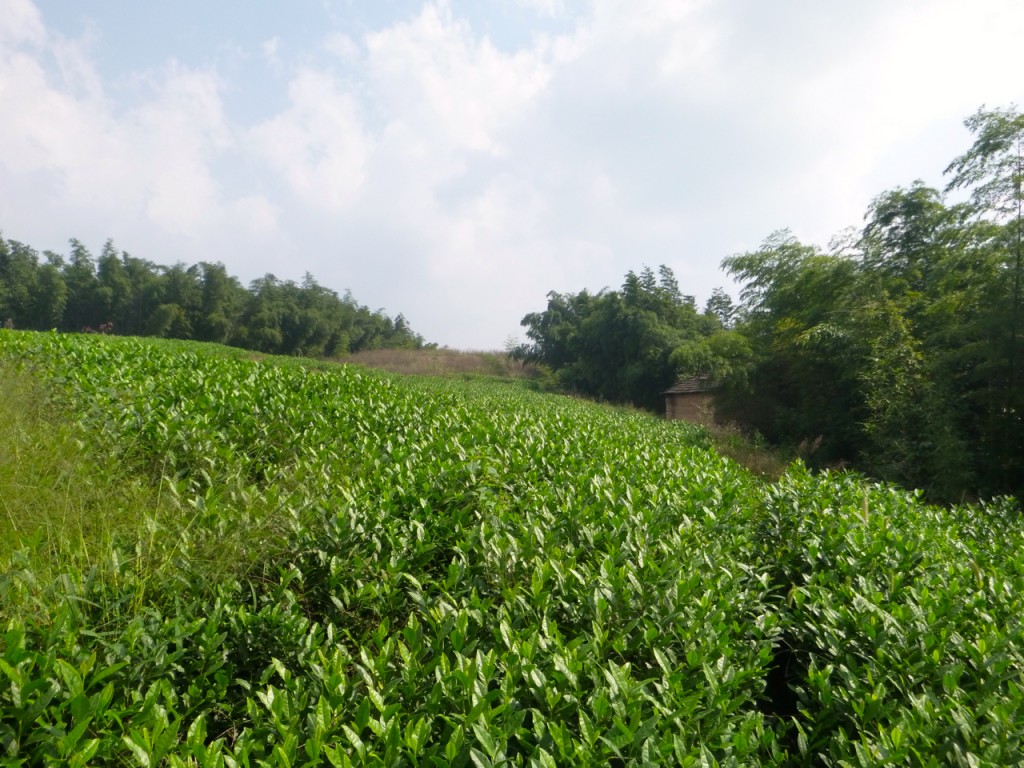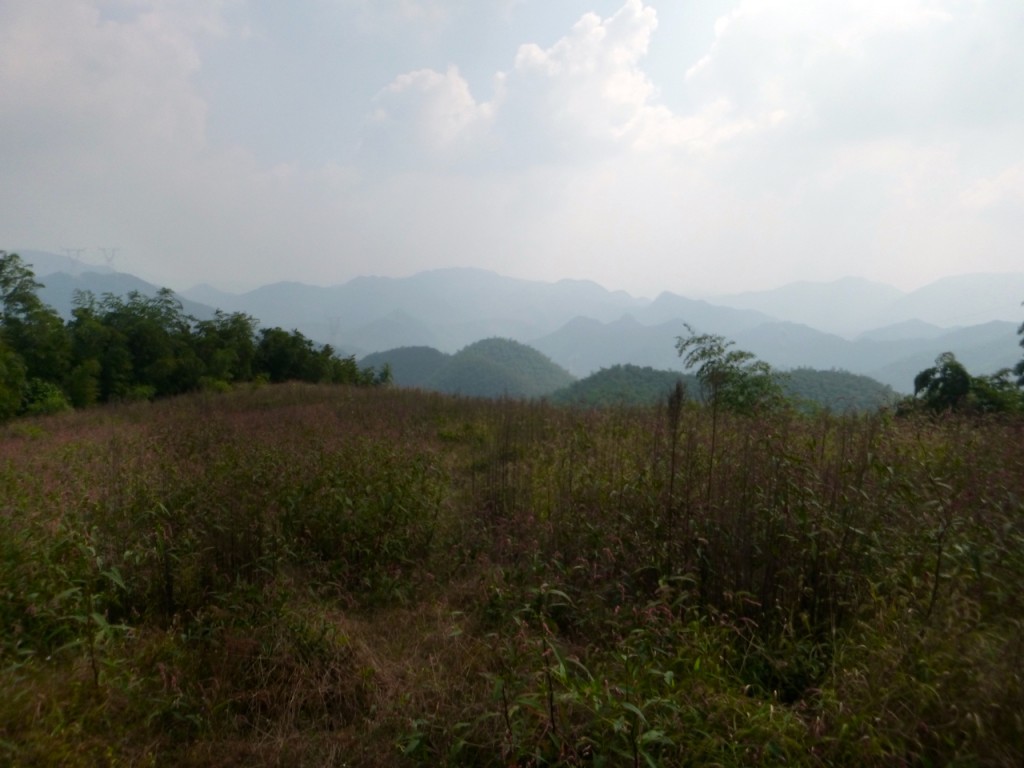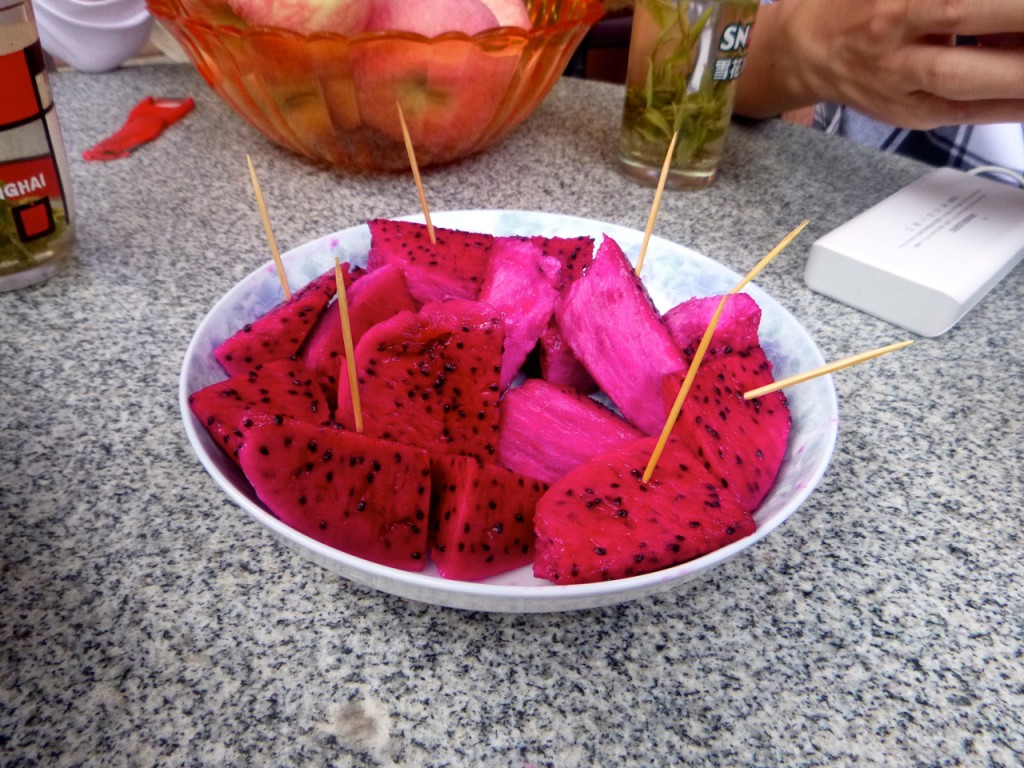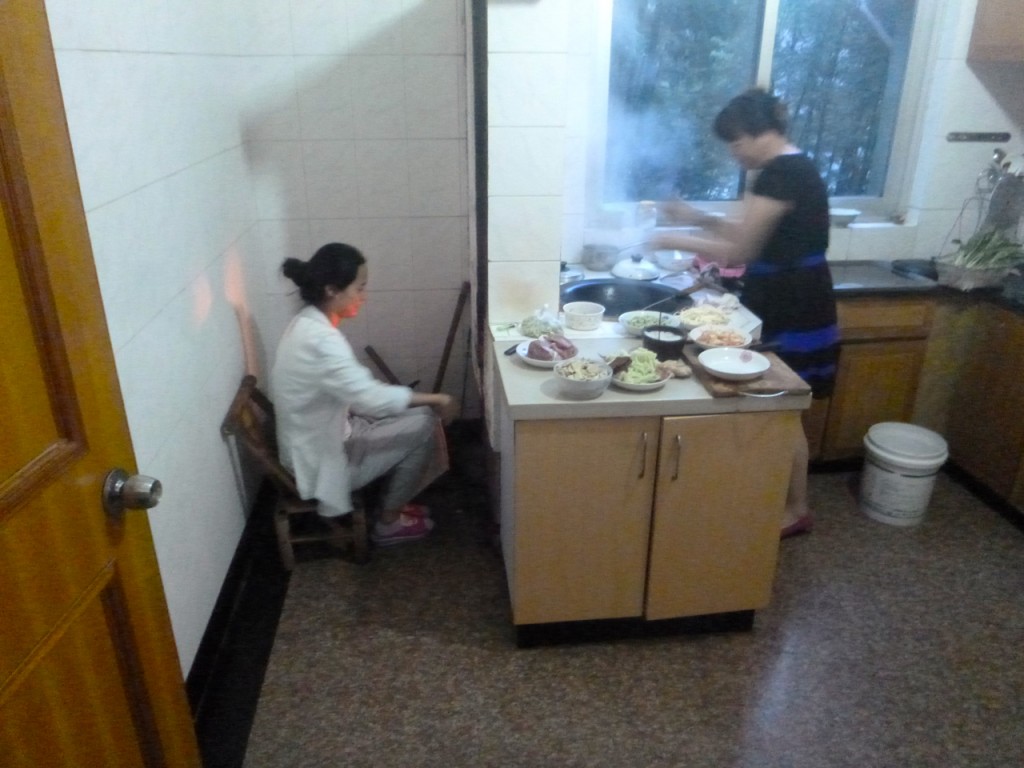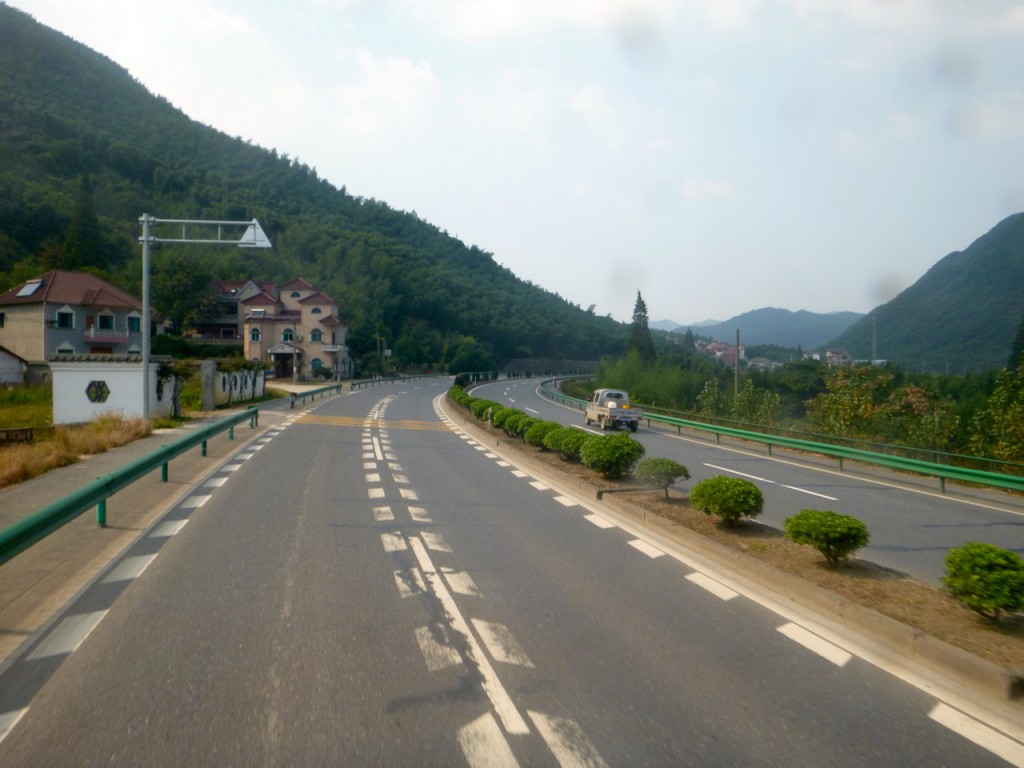I feel like a common stereotype of Japanese society is that pretty much everyone is polite, quiet, and reserved. While this is, of course, just a stereotype, it’s incredibly easy to see where foreigners get this impression. During foreign student orientation week back when we first arrived, we were all warned multiple times that what we consider quiet is not what is considered quiet in Japan. Walls are thinner here and people live in close quarters, so average talking volume is actually really loud at night here. Even during the day, people tend to talk quietly as they walk together. Naturally, the trains are also pretty quiet, as it’s a public place and to speak loudly would be disrespectful to other passengers. It can be a difficult adjustment at first, but eventually we’ve gotten used to turning our volume down.
However, that is not to say that Japan is always this way. During orientation, we were told that bars and karaoke were a couple of places where noise was allowed. If you pass by a karaoke bar on the way home from the train station, you’ll almost certainly be able to hear the music from inside. Noise levels that surpass normal levels are just fine within these spaces.
More interestingly, I’ve found that festivals are where the Japanese tend to dispense with cultural and societal conventions on noise and behavior. Recently one of my professors invited our class to an Autumn Festival in a small district in Osaka where he did research a few years ago. This Shinto festival’s main event was the danjiri, large man-propelled and carried floats with people on top. There are two shrines only a couple streets apart from each other, which is unusual. Where the main road is a river used to be, until it was moved a few kilometers over as Osaka grew. Now the two shrines have a something like battle with the danjiri where the river used to run. Those involved with the danjiri practice all year.
Before arriving at the shrine our professor did research near, we stopped at the shrine for the other side of the street, where the miko, or shrine maidens, happened to be performing a kagura dance. After they were finished with the dance, they passed the blessing of the kami on to us. I was again struck by how much of traditional Japan is woven into modern Japan; this shrine and traditional dance were only one transfer and a few minutes’ walk from the main train line between Osaka and Kyoto.
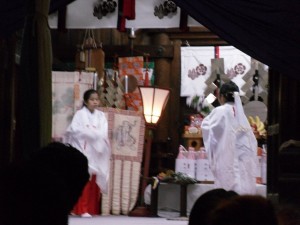
The miko during the Kagura dance. (I apologize for the poor quality of the photo. Nighttime is not a good time for photography and most of Japan’s streets are not lit well, if at all.)
After that, we went to the other shrine, where the pre-danjiri festivities were taking place. It looked something like local carnivals back home. There were scores of little stalls on shrine grounds and on the streets nearby with games and prizes for children and fried food. Though the food was different that at home; here there is fried squid, fried manjuu (something like a donut with sweet bean paste inside), and karaage among other things. Festivals are also the only place where eating and drinking while walking is okay.
The danjiri gathered on the street at about nine thirty and continued moving around until ten, those carrying the floats reaching a solid jogging speed at times. The girls following the danjiri shouted after it and formed what I can only compare to a mosh pit when the they were not moving. A few times the danjiri would face off, only feet from each other while they tried out outdo each other with noise and the dancers on top competed as well. Words are not sufficient for what happened, so I uploaded some raw clips to YouTube.
Honestly, things got pretty chaotic after the danjiri started moving around for real. The spirit of “festival” infected the entire crowd until the cheering was deafening and I found it hard to get anywhere close to the danjiri. I did talk with some luckier foreign students that managed to get closer and were invited to help carry the danjiri for a while.
So, essentially, noise and partying don’t really happen on a large scale in Japan. But when when festivals come around, all restrictions are off because that is the time and place.

